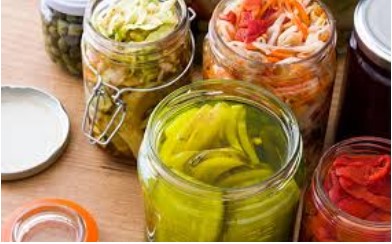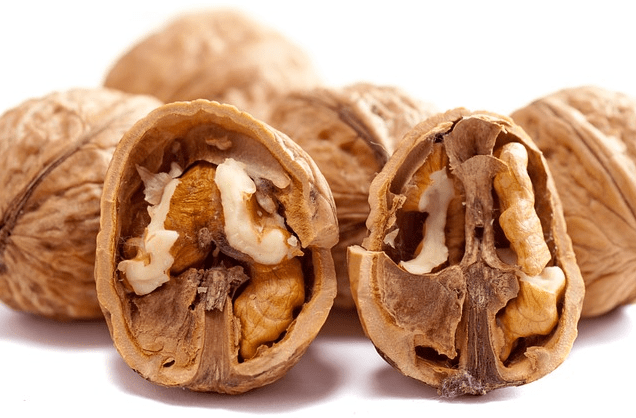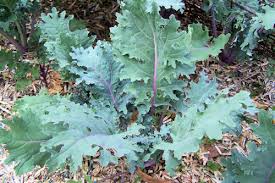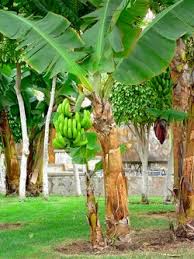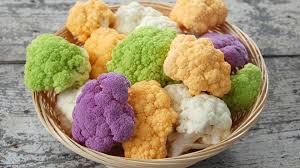There is no place like home. I absolutely agree.
There is nothing like coming into your own home, taking off your shoes, feeling welcomed, hugged, protected, especially when the rain is pounding on the window and it is warm and cozyinside.
But there is something that can be prepared only at home – live food, ie probiotic, one that contains bacteria that make the digestive system happy and reinforces the good and healthy processes that fight against the “bad” bacteria.
These can be prepared only at home, because in the store doesn’t have, and cannot have, any live food, since it is food that changes and develops according to what happens in the bacterial colonies on it. Our industrial world requires products to be produced under the same conditions, to last a certain period of time and to display an “expiration date” .
The logistics required for probiotic products, which vary with the ever changing conditions of light, humidity, temperature and other such effects, is simply not possible (I have not yet figured out the case withthe probiotic yogurts that aresold in stores. Their packaging indicates a certain quantity of bacteria.
Was that quantity inserted during the production process or is it the estimated amountthat arrived to the store? Can one find theseproducts that do not contain great amounts of sugar or sugar substitutes along with stabilizers, coagulants, emulsifiers, preservatives – or anything else that does not sound to me like food?)
Our attitude to probiotic food is most easily demonstrated by the reaction of my guests, before whom I open a jar of sauerkraut (I suspect there are some who continue to visit me especially for it) – for some, the first encounter is quite surprising. I open the jar, they can see it is fermented, like a soda drink with lots of little bubbles that escape.
Sometimes I get suspicious looks followed by questions – maybe it'sgone bad? Because we got used to thinking that good food has no sign of fermentation. It sits nicely in its jar with no movement or change. We know that if there are bubbles or the lid is swollen, the product should be thrown away.
And this is probably true, generally speaking, of food products sold in stores.But now that we know how live, real probiotic food looks, what does that actually deduceabout the food we are used to?
Fermented and probiotic foods are common all over the world since forever – especially in countries where the winter is harsh and challenging or the availability of fruits and vegetables is relatively low.
Fruits and vegetables, in a healthy body with a balanced diet, are a good source of food for the probiotic bacteria that are already in the body (aka prebiotic). Remember the old pictures of jars with sauerkraut you saw in Europe, or the kimchi you encountered in Asia. As with any long-lasting tradition – they have a good reason.
They were not called or known as“probiotic food”, but people understood that they simply do good to the stomach, and a healthy stomach does good to the rest of the body as well as the mind.
What do I mean by good? I mean that these bacteria help maintain proper digestion (without regular aches, abdominal gas, constipation or even heartburn), for better absorption of the nutrients in our food (because sometimes, when blood tests show a low level of a component obtained from food, the problem may be in the absorption, not necessarily the amount eaten).
Bacteria also help the immune system as well as the nervous system – because recently science began linking this bacterial population to what is happening in our brains. So much so that these bacteria are being called “the brain in the gut”.
To me it is fascinating to think that our mood, or ability to concentrate, is determined by the food we put into our body.
What does it take to get all this good? Simply dare, start. Grab a few good vegetables for pickling, a jar, somesalt and get started.
As always, the difference of course lies in the small details – how to choose the vegetables, how much salt, which water… more about all of these – next time.
To health!
Yours,
Maggie's Garden Team
Forecast:
In the ORGANIC vegetable baskets we expect (draft only):
Cucumber
Tomato
Lettuce
Potato
Onion
Eggplant
Pumpkin
Parsley
The Large organic vegetable baskets also include:
Spinach
Sweet Potatoe
Coriander
Butternut squash
In the ORGANIC fruit baskets (NEW – Increased variety, price – 70 Shekels)
Grapes
Dates
Pears
Melon
The large ORGANIC fruit baskets also include: ( NEW – Increased variety, price -100 Shekels)
Half watermelon
Nectarine
The ORGANIC Green Basket:
Leek
A kind of lettuce
Celery
Dill
Green onion
Sprouts
Green Beans

